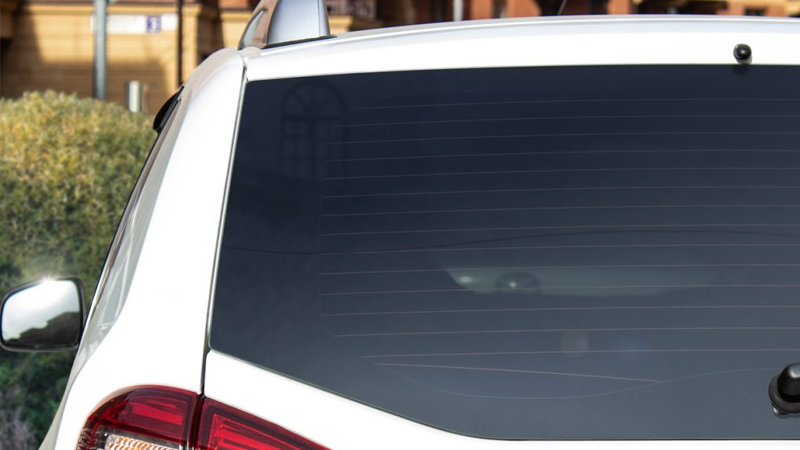
Probabilmente hai notato le linee sul parabrezza posteriore del tuo veicolo, ti sei mai chiesto a cosa servono quelle linee sottili che attraversano la lunghezza del tuo lunotto? Discuteremo di queste righe in questo post.
Queste linee sono chiamate defogger. Queste linee sono filamenti elettrificati che dissipano il calore nel caso in cui i finestrini posteriori inizino ad appannarsi. Una piccola corrente viene fatta passare attraverso quei fili o linee incorporati e, mentre la corrente viene condotta, riscalda leggermente il vetro, quanto basta per sciogliere qualsiasi neve o ghiaccio che bloccano la visuale o eliminano la nebbia/condensa che si è formata.Il parabrezza anteriore è dotato anche di sbrinatori. Ma dal momento che guidare con un mucchio di linee sottili che ostruiscono la visuale probabilmente non è l'ideale, si presenta invece sotto forma di prese d'aria vicino alla base del vetro.
Tutti questi piccoli dettagli su un'auto potrebbero non sembrare molto, ma sono parte integrante della sicurezza e del comfort dei passeggeri, nonché dell'integrità strutturale del veicolo stesso. La prossima volta che ti siedi per un lungo viaggio, presta attenzione a quei piccoli dettagli e sii grato che qualcuno nell'industria automobilistica pensi alle piccole cose
You have probably noticed the lines on the rear windshield of your vehicle.Have you ever wondered what those thin lines running across the length of your rear window are for? We will discuss about these lines in this post.
These lines are called defoggers. These lines are electrified filaments which dissipate heat in the case your rear windows begins to fog up.A small current is passed through those embedded wires or lines, and as the current is conducted, it heats up the glass slightly—just enough to melt any snow or ice blocking your view, or eliminating any fog/condensation that was built up.Your front windshield comes equipped with defoggers, too. But since driving with a bunch of thin lines obstructing your view probably isn't ideal, it instead comes in the form of vents near the base of the glass.
All of these small details on a car may not seem to add up to much, but they are integral to the safety and comfort of the passengers, as well as the structural integrity of the vehicle itself. Next time you sit down for a long drive, pay attention to those tiny details and be grateful that someone in the car manufacturing industry thinks about the small stuff

- Log in to post comments

